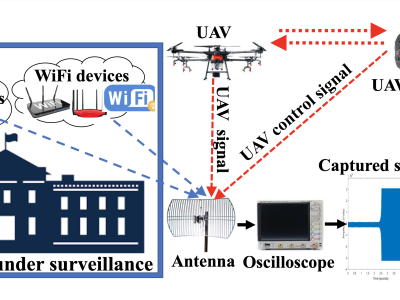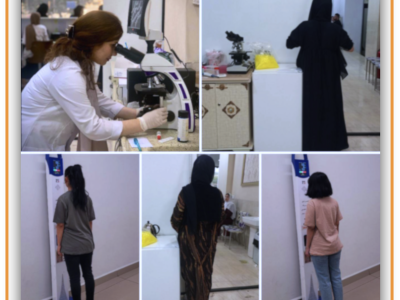A study on the acceptance of VR technology in digital cultural heritage learning

- Citation Author(s):
-
Lingyi Zhao
- Submitted by:
- Lingyi Zhao
- Last updated:
- DOI:
- 10.21227/1jc9-vf19
 18 views
18 views
- Categories:
- Keywords:
Abstract
Mobile virtual reality (VR) technology has many benefits for science education, and virtual immersion learning can increase students' memory and creativity. However, an improved method to link this new VR-based learning approach with learning outcome assessment strategies is still needed. In this paper, we propose a new model based on the technology acceptance model (TAM) and the theory of planned behavior (TPB) in the context of digital cultural heritage (DCH) learning The model consists of seven hypotheses and validation analyses of 502 questionnaires collected via structural equation modeling to investigate the acceptance of VR technology among students. The learning outcomes concerning Bloom's Taxonomy (RBT) were also quantified, and a new assessment model was proposed. The participants were subdivided into two groups with the same knowledge base. The first VR group used VR applications to deepen their disciplinary studies, whereas the second group, the control group, used traditional reading to obtain knowledge. The hypothesized results suggest that perceived ease of use positively affects perceived usefulness and that perceived usefulness and perceived ease of use influence attitudes toward the use of VR technology. Discussions in the experiments and interviews revealed that the control group focused on memorizing basic knowledge, such as dates and simple definitions. The VR group, on the other hand, mastered creative skills, and the students were generally willing to accept VR technology.
Instructions:
A total of 510 questionnaires were collected, 502 of which were valid, with a valid questionnaire rate of 98.43%. The structural equation model was constructed by AMOS, SPSS and other software, and the data were analyzed.







